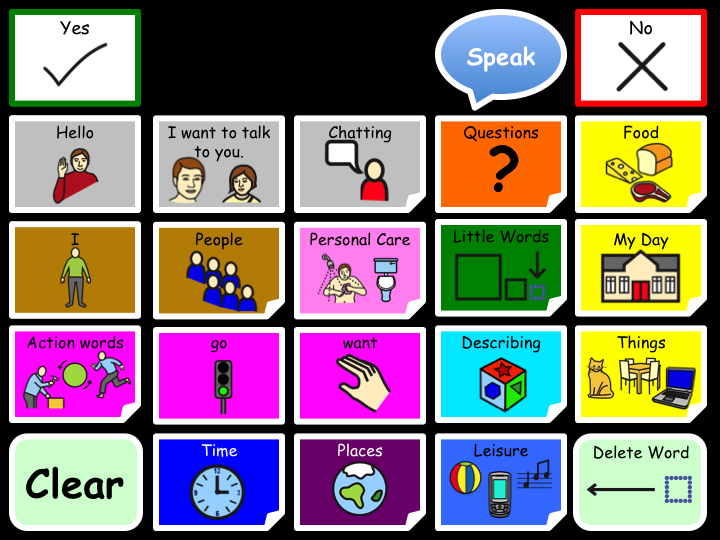
In a detailed discussion of the transformative potential of Artificial Intelligence (AI) in augmentative and alternative communication (AAC), Sam Sennott, assistant professor of special education at Portland State University, sheds light on how AI can significantly improve communication skills of individuals. with speech difficulties. Sennott, who has dedicated much of his career to AAC research, notes that the integration of AI technologies such as predictive text into AAC devices is not a new concept, but has been evolving since the 1970s. These advances have progressively improved users’ communication experience by leveraging AI innovations such as word prediction and dynamic word prediction models, which adapt to contextual factors such as time of day, location, and topic topics. user conversation.
Sennott emphasizes the substantial benefits of predictive text in AAC, particularly for people with slow typing speeds. By suggesting words and phrases based on the context of the conversation, predictive text not only speeds up communication but also introduces a dynamic element to it. This feature can significantly reduce users’ cognitive and physical strain, making communication less tiring and more engaging. For example, it allows for more dynamic storytelling in real time, allowing users to express themselves more fully and naturally. However, Sennott also recognizes the challenges associated with predictive text, such as the potential loss of personal voice and the cognitive load of evaluating predictive options, which can disrupt motor memory development and hinder the flow of communication.
The conversation also delves into the concept of voice banking, an AI-powered approach that allows people to record samples of their voice to create a synthetic voice that can be used in AAC devices. This technology is particularly valuable for people with degenerative diseases, as it allows them to preserve and use their unique voice even as their disease progresses. Sennott highlights the emotional and psychological importance of voice banking, as it maintains the user’s identity and personal connection with their family and friends through the familiar sound of their voice.
Additionally, Sennott discusses cutting-edge technologies in AAC, such as eye-tracking systems and non-invasive brain-computer interfaces, which have made communication more accessible and intuitive for users. These technologies, supported by advances in artificial intelligence, allow users to control devices and communicate through eye movements or brain waves, bringing a sense of magic to the interaction. Despite these innovations, Sennott points out the disparity in access to these technologies, emphasizing the need for them to be more available and affordable, especially for people and communities with limited resources.
In conclusion, Sennott’s insights underscore the significant impact of AI on AAC, from improving the speed and dynamism of communication with predictive text to preserving personal identity through voice banking. Advances in eye tracking and brain-computer interfaces represent the frontier of AAC technology and offer new ways for people with disabilities to interact with the world. However, the challenge remains to ensure equitable access to these technologies, so that all people who could benefit from AAC have the opportunity to do so, reflecting Sennott’s broader vision of a more inclusive and caring society.
Listen to the full interview below and hit the source link for an edited transcript.
Fountain: Market
chatGPT, a potential tool for greater accessibility, was used as a research and writing aid for this blog post. Do you think this is an appropriate use of chatGPT? Why or why not? Let me know!






